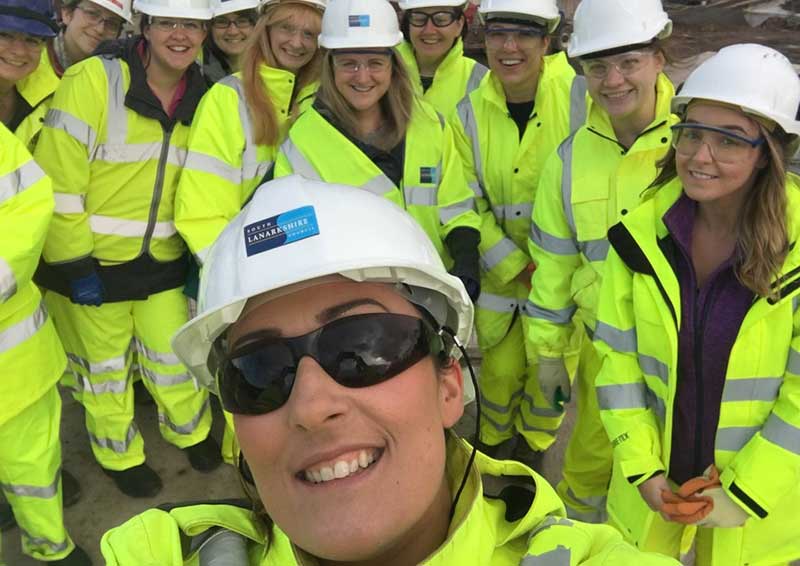Inclusivity in engineering
We all need to do more to encourage women and other under-represented groups into engineering, says Dawn Bonfield, Director at Towards Vision.
The skill or competence of inclusivity in engineering is one that has been growing in importance over the past few years as it becomes increasingly obvious that the skills shortages are only likely to be resolved by encouraging significant numbers of untapped resources (women and other under-represented groups) into the sector.
Alongside this drive to fill the skills gap, however, is a parallel realisation that diversity and inclusion is also crucial to business' bottom line, as evidence can be seen of the benefits in terms of increased innovation, better productivity and ultimately more success that diverse teams can bring.
In engineering, historically a heavily male-dominated industry, there is the additional dimension of needing to ensure that the very tools of the trade can be adapted to suit this need for inclusivity as well as the products and services that are produced.
So, how to go about ensuring that current and future engineers have this new skill? How to make sure that this competence becomes embedded into engineering practices just as with safety, sustainability, cyber security and ethics?
It’s important to understand and find ways of measuring and assessing inclusivity in a reliable and consistent way against a set of measures.
The British Standards Institute’s code of practice, 'Valuing People through Diversity and Inclusion', has recently been put out for consultation and due for release later in 2017. This will be a good foundation for further best practice.
An additional set of guidelines currently being produced by the Engineering Council on diversity and inclusion will also be very helpful in defining best practice in this area.
The Royal Academy of Engineering’s Diversity and Inclusion Leadership Group has a number of projects looking at inclusive culture and inclusive measurement. These groups will also report on their progress and findings later in 2017.
There are also some excellent industry examples with specific initiatives from companies such as Crossrail, Atkins, Arup, Network Rail and BHP Billiton – which has recently set an ambitious target for a 50-50 gender workforce by 2025.
It is critically important to define and understand inclusivity best practice and its integration in the following four areas:
- Personal characteristics (through behaviour, leadership and communication).
- Business tools (strategy, policies, processes, procurement, recruitment, measures, etc.).
- Engineering tools (e.g. BIM, Lean, Six Sigma, design tools, production methods).
- External relations (supply chain, branding, outreach activity and community engagement).
This will provide a framework to build on in order to understand, assess and develop this competence further as experience grows.
With so much to gain from addressing engineering inclusion the civil engineering community must be at the forefront of defining and shaping this newest engineering competence in order to safeguard its own future.
This article was originally published here on 13 Mar 2017 by ICE. It was written by Dawn Bonfield, Director at Towards Vision.
--The Institution of Civil Engineers
[edit] Related articles on Designing Buildings
- Articles by ICE on Designing Buildings Wiki.
- Black excellence in UK civil engineering.
- Celebrating women in engineering.
- Charter for diversity and inclusion in construction and special report launched by CIOB.
- CIAT celebrates Pride 2020.
- Civil engineering and language.
- Construction 2025.
- Dive into diversity.
- Diversity and inclusion in the construction industry.
- Diversity in the construction industry.
- Equality Act.
- Gender pay gap in construction.
- Gender stereotypes examined in Unlimited Potential report.
- How to become a civil engineer.
- How to encourage women into engineering.
- International Women in Engineering Day 2020.
- International Women's Day 2017.
- Interview with Carol Lynch, CYT.
- Interview with Harriet Latimer - Graduate Design Engineer.
- Sustainability through diversity and multi-culturalism.
- Tackling the construction skills shortage.
- The art of engineering is building for them, her and him.
- The Retention of Women in the UK Construction Industry.
- Why so many women leave engineering.
- Women in the construction industry.
- Women's Engineering Society.
- Why we need to talk about race.








